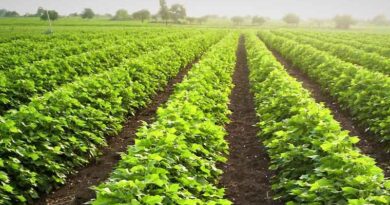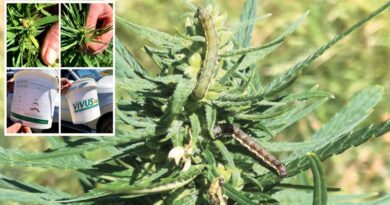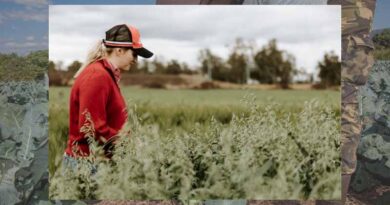3D buffer strips: towards practical actions under a new Agriculture Bill
“With this work we hope to provide evidence for improved advice and guidance on buffer design options and their effectiveness at field and catchment scale. Demonstration studies would increase awareness and potential uptake as part of a shared agenda with Natural Flood Management communities”
22 December 2020, UK: River corridors exemplify places in busy farmed landscapes where researchers and land managers can use environmental measures for multiple benefits. These areas often fringe the main working points of the farm but are important interface zones between land and water.
Also Read: Sumitomo Corporation Group invests in a Start-up in Israel
A new study led by scientists from the James Hutton Institute is promoting that improved features incorporated in field edge ‘buffers’ hold the key to specific issues and may help achieve field and watercourse margins that contribute more effectively to sustainable and resilient agro-ecological production.
So-called 3D buffer zones, able to intercept pollution below ground, across the soil surface and above ground in the vegetation canopy, maximise multiple environmental, farm business and public goods outcomes. The study shows that more careful vegetation management, including tree planting and additional ‘engineered’ design features such as incorporating ridges, swales, and mini wetlands, can capture and retain diffuse agricultural pollutants most effectively. They also work with and promote a range of drier and wetter ground that diversifies pollutant mitigation processes and habitats.
The review by Hutton scientists evaluated the effectiveness of five different types of buffer zones in preventing diffuse pollutant loss from a range of sources entering watercourses. The buffers ranged from simple grass strips to wooded, altered ground profiles, such as sediment traps, and bunds, forming part of so-called ‘simple environmental engineering designs’.
Effectiveness was evaluated by an expert group which scored each design against a range of functions including flood mitigation and pollution reduction, as well as their potential to deliver multiple environmental benefits.
Professor Marc Stutter, co-author of the study, explains: “Wooded and engineered buffers scored the highest and conventional grass buffers the lowest across outcomes for diffuse pollution control, carbon retention, and geomorphic and flood management.”
He also added how 3D buffer concepts align with new ideas in the Agriculture Bill, commenting on the importance of solutions to specific issues.
“It’s important to recognise that one-size doesn’t fit all; we are moving from blanket narrower buffers to bespoke measures, proportionate to the issues and using a smarter range of features to be more effective and better justify public finance support.
“This report is a step towards farmers and their advisors being given the ability to tailor a package of features into a 6-10 m watercourse margin for their site. We hope that the extra certainty of outcomes associated with bespoke packages from a menu of measures may be part of the thinking for future public support.
“Buffer design should be based on the nature of the pollution pressure, status of the water environment and specific ecological and other goals. Such measures always go hand-in-hand with good soil and crop management in the upslope field.
“With this work we hope to provide evidence for improved advice and guidance on buffer design options and their effectiveness at field and catchment scale. Demonstration studies would increase awareness and potential uptake as part of a shared agenda with Natural Flood Management communities.”
The report 3D buffer strips: designed to deliver more for the environment is available here. The research was commissioned by the Forestry Commission and the Environment Agency, and was supported by collaborators at Newcastle University, Rothamsted Research, Game and Wildlife Conservation Trust.















